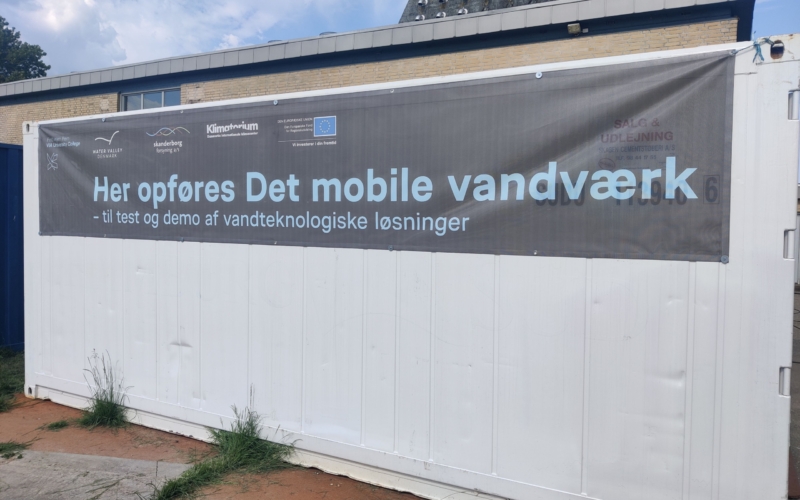AEM is literally helping us identify the needle in the haystack
Kassy Chauhan, Executive Director, North Kings Groundwater Sustainability Agency
In the San Joaquin Valley, some water managers indicate that the AEM data is fundamentally changing how they decide where to build expensive recharge basins or restrict pumping. Aaron Fukuda, General Manager of the Tulare Irrigation District, said the AEM data revealed that the aquifers on the eastern edge of the Kaweah Subbasin, which covers Visalia and parts of Tulare County, were shallower than originally thought. The data also showed that there was more recharge potential on the western side of the basin. As a result, Fukuda said groundwater pumping is limited or more closely monitored on the east while new recharge projects have been built or planned for the western side. In the neighboring Kings Subbasin, water managers are looking to take advantage of a paleo valley northeast of Fresno discovered in the AEM data. “AEM is literally helping us identify the needle in the haystack (…)”, said Kassy Chauhan, executive director of the North Kings Groundwater Sustainability Agency. Local and state groundwater managers said that AEM data helped this spring in determining the best areas to spread floodwater from the winter storms and Sierra snowmelt (Wester Water, June 2023).
To date, the California statewide AEM project has flown over 22,000 line-kilometers and completed a significant portion of the reporting. Maps and reports are posted on the DWR- AEM website. One additional survey is scheduled for fall 2023 for the statewide regional-scale AEM project, where subsequent data analysis and reporting is scheduled to be completed in the third quarter of 2024.
Next steps in California include some potential AEM infill areas with regional scale that need refinement for specific objectives, such as increased resolution for recharge feasibility analysis, and further improvement of aquifer system understanding. In addition, a new DWR program is planned which will involve additional groundwater investigations with land-based and floating towed TEM systems. The program will involve a series of pilots to help demonstrate best practices for application of geophysics and other technologies in groundwater investigations and management for sustainability.




